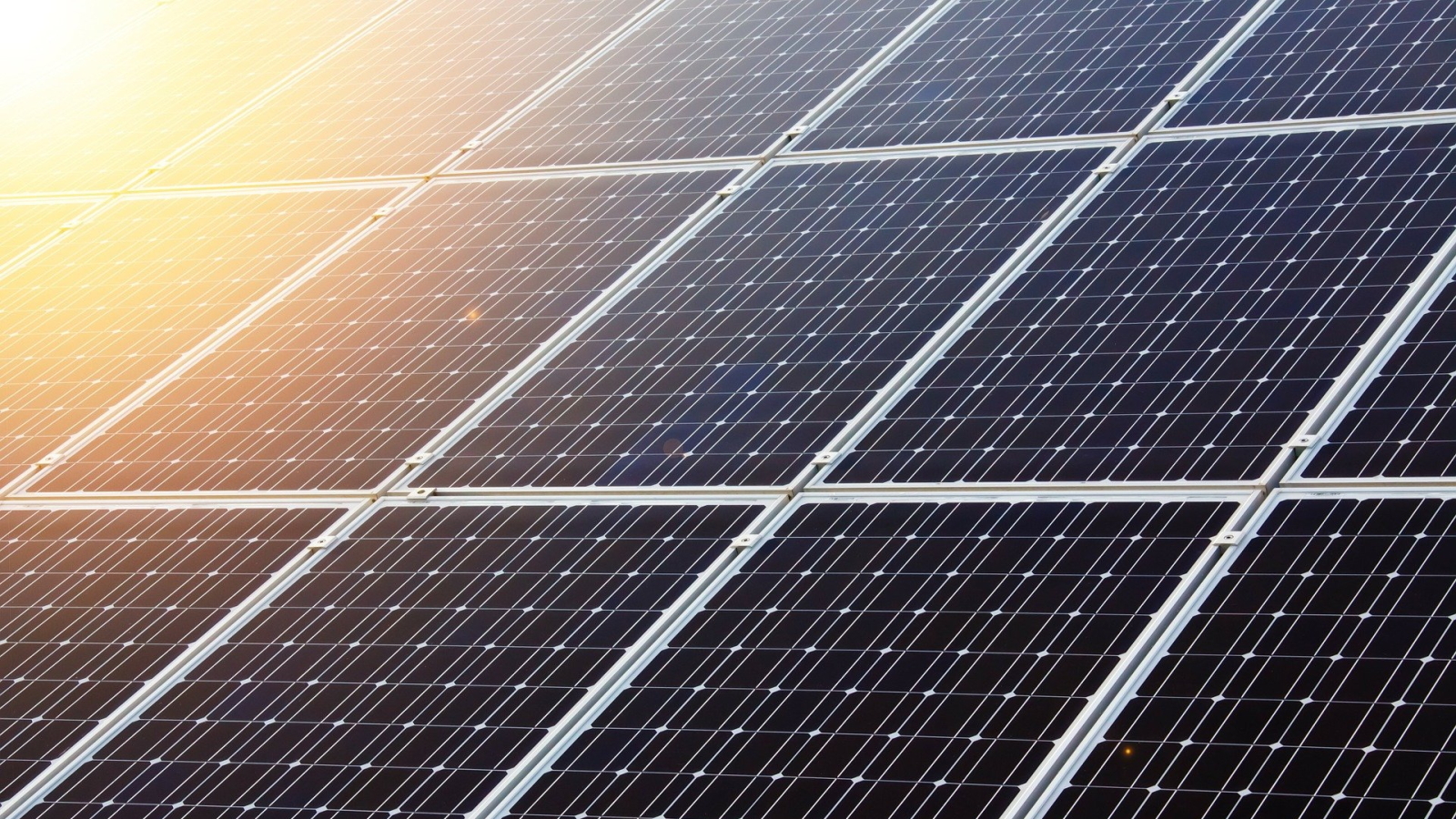Texas is planning to overtake California as the renewable energy leader in the U.S. within the next three years, but the state will need to boost battery capacity to fully take advantage of the benefits of green energy.
California has long been the renewable energy leader of the United States. However, Texas is planning to deploy 50% more solar energy than California in the next three years, according to PV Magazine. Of these Texan solar projects, only 28% are expected to include attached batteries while in California, 99% of solar projects include batteries.
While Texas has been and will continue to focus on increasing solar generation, if transmission constraints are not addressed then solar and wind generation will likely begin to fall. Storing generated energy in batteries has been viewed as a solution to large scale transmission issues.
Texas Gov. Greg Abbott has long been a champion of renewable energy in Texas. “Clean and renewable energy are a valuable part of America’s future and are closely tied with Texas’ prosperity and success,” Abbott said in his Clean Energy Week Proclamation in September 2020.
California and Texas have different approaches to energy policy. In California, when solar power from the sun isn't available, other sources of power ramp up to meet demand. The transition is guided by an Integrated Resource Plan (IRP) that is administered by the Public Utilities Commission which requires that the IRP meet several efficiency and green energy requirements.
The state of Texas does not have as much oversight and energy delivery methods are much more unregulated. Instead a number of energy providers work across their respective territories. Energy delivery policy is guided by supply and demand and energy batteries are utilized with a much more short-term approach.
“Energy is not just technological, it’s also social,” Jason O’Leary, principal analyst at PV intel, said. “I think it’s fair to say that Texas is a very libertarian state while California is more communitarian — which is not the same thing as communism. Simply put, the focus is more on the individual in Texas and more on community in California. Policies and regulations (or deregulation) that reflect these different world views have emerged in each state over time. These policies contribute greatly to the trends we now see in how solar and battery technologies are deployed very differently in each state.”
The increased reliance on renewable energy is not without cost. The average price of electricity to residential customers in Texas in January of 2022 was 12.24 cents per kilowatthour, according to data from the U.S. Energy Information Administration (EIA). In the same month in California, the cost was 23.58 cents per kilowatthour.
A similar pattern was notable with industrial customers as well. EIA data showed that industrial customers in Texas in January of 2022 paid 5.72 cents per kilowatthour, while industrial customers in California paid 13.83.

